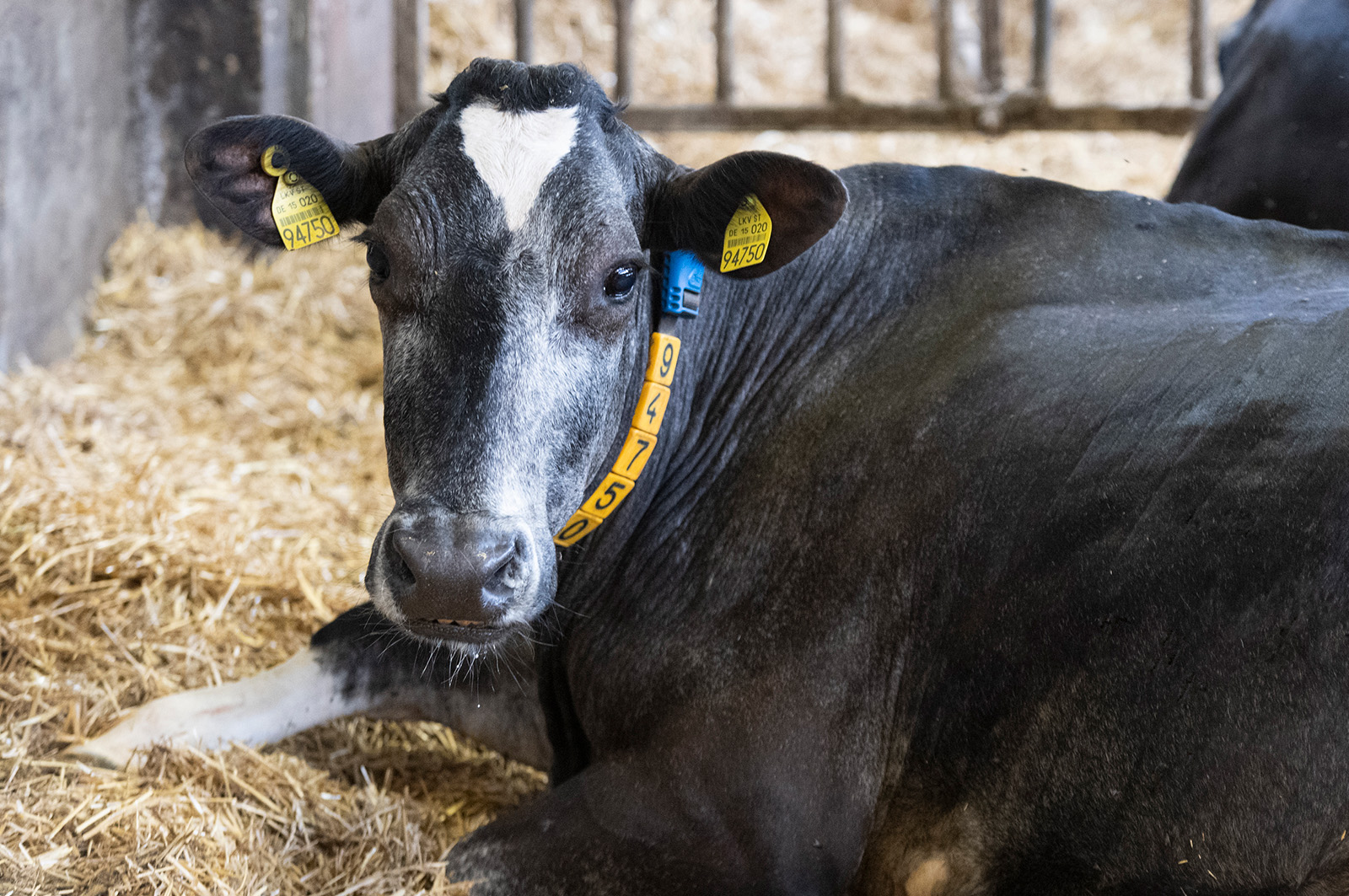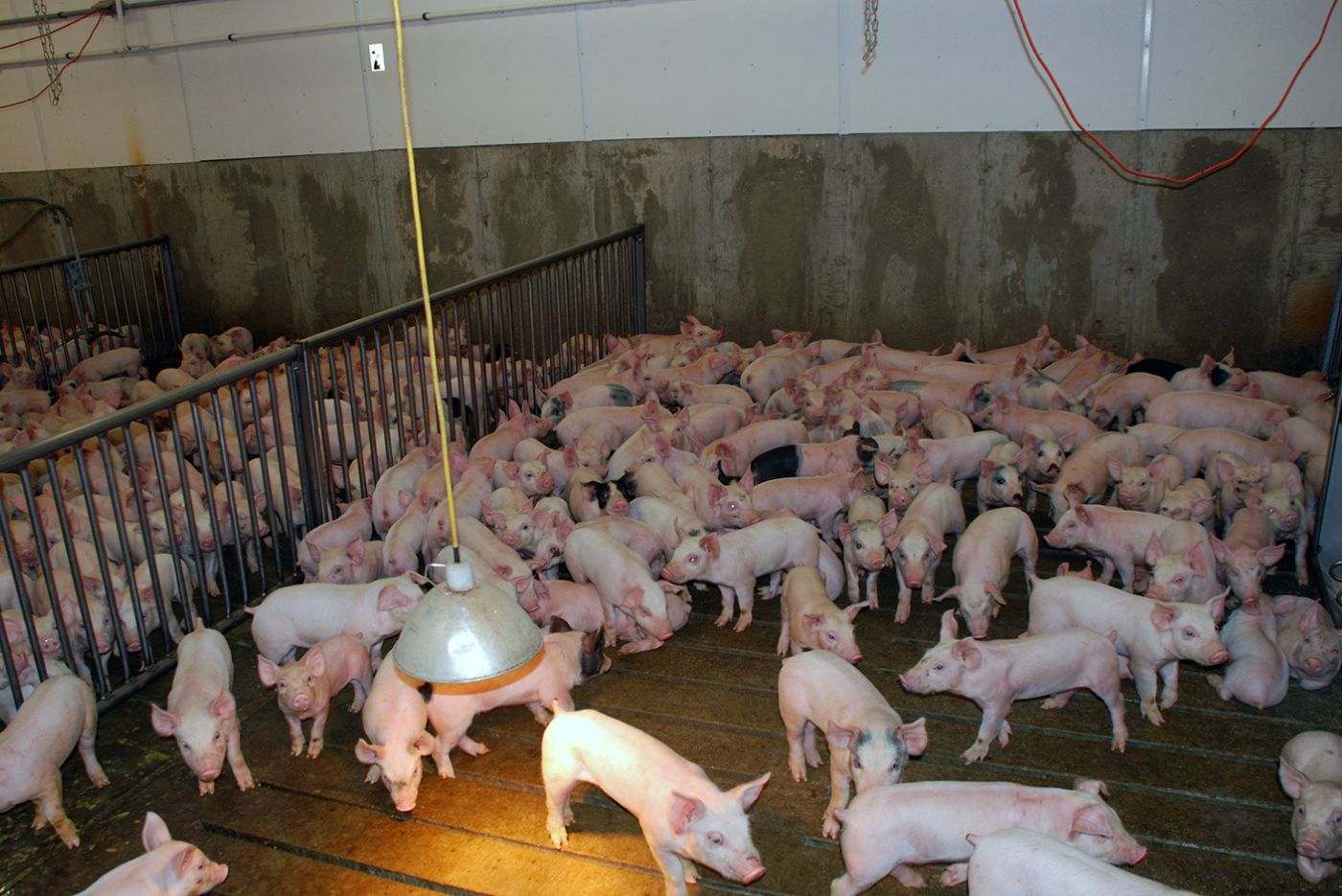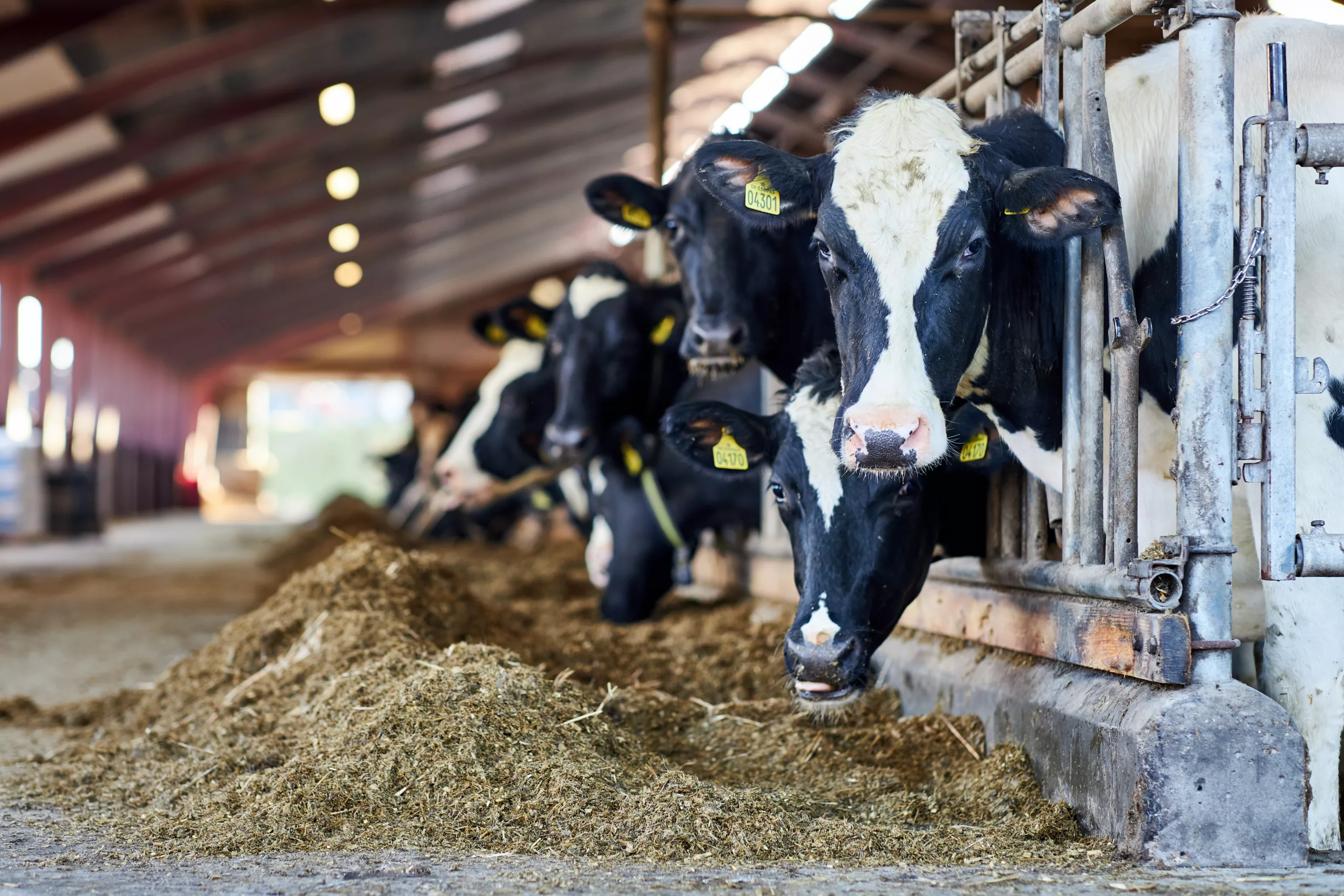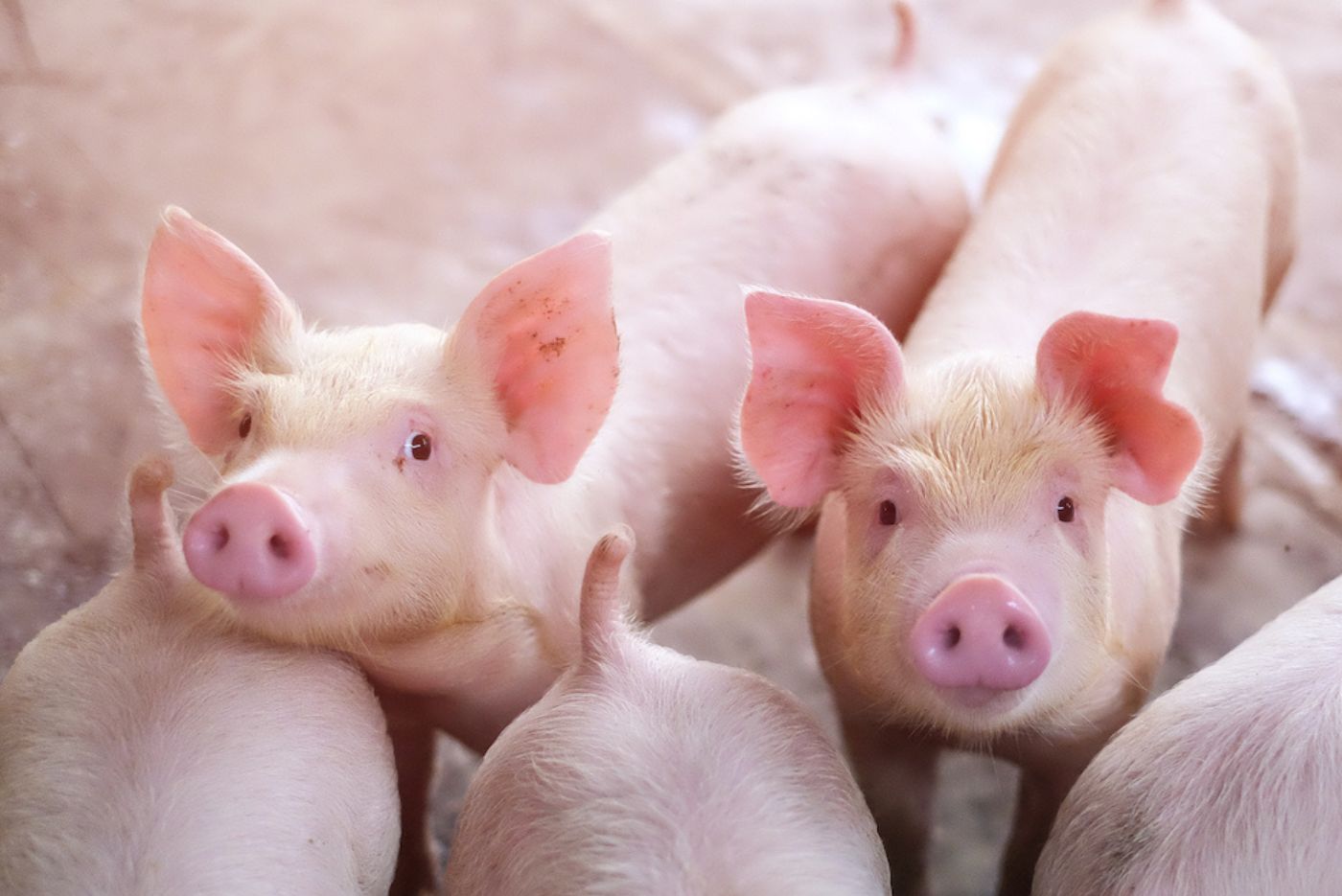Everyone Loves the Golden Girls
Dairy cow longevity reflects the overall health and welfare of your herd, plus it is a key component of farm profitability and sustainability. There are several ways to improve herd longevity — with one option being improving transition cow performance.
Higher cull rates in early lactation result from metabolic disorders and management challenges during the transition period. These transition challenges are highly correlated with reduced productive life of your dairy herd. Identifying and focusing on transitional risk factors allows you to minimize fresh cow challenges, which is a critical management tool to help retain those “Golden Girls,” who are often the biggest contributors to the bulk tank.
The transition period has a huge influence on herd longevity due to the many risk factors that are associated within this timeframe – ketosis, metritis, retained placenta, DA, hypocalcemia…the list goes on. One of our classic metrics to evaluate whether we’re losing excess cows during this timeframe and having transition period struggles is the “<60 DIM Cull Rate.”
Elevated <60 DIM Cull Rates (>6%) impact farm profitability, sustainability and morale. Older cows make more milk, so by minimizing cull rates and aging the herd, there’s opportunity to increase pounds shipped, along with a secondary benefit of reducing your herd’s replacement costs. Collectively, to improve profitability, it’s important to focus on how to maintain more of these mature cows that are doing what they’ve been bred for – making milk. In order to achieve solid transition metrics and a low <60 DIM Cull Rate, we need to continually identify and manage the numerous on-farm and individual cow risk factors involved in achieving transition success.
One of the most detrimental fresh cow risk factors is hypocalcemia, a metabolic disorder also known as milk fever. Hypocalcemia, both clinical and subclinical, has been well established as the gateway disease leading to a higher probability of other metabolic disease(s), lower milk production, reduced reproductive efficiency, compromised immune function and a subsequent higher cull rate.
Why do dairy cows get hypocalcemia?
At the onset of lactation, there’s a drastic increase in calcium demand for colostrum and milk synthesis. This increased demand exceeds the cow’s ability to maintain optimal blood calcium levels from diet alone, so she needs to rely on additional systems to pull from – such as bone. Bone is an important reservoir for both calcium and phosphorus during times where both calcium and phosphorus are in high metabolic demand.
There are multiple ways to proactively mitigate hypocalcemia through the close-up diet. The two most common methods are feeding a negative DCAD (dietary cation anion difference) diet or feeding a phosphorus binder, such as X-Zelit. These two strategies activate calcium bone reserves by different mechanisms to maintain higher blood calcium levels during this critical fresh cow window.
1. Negative DCAD diets work through inducing a mild metabolic acidosis through feeding supplemental anions in the diet. This results in an acidification of the cow, which stimulates parathyroid hormone (PTH) and vitamin D to release calcium from the bone and increase calcium absorption at the gut level.
2. Phosphorus binders, like X-Zelit, work by binding dietary phosphorus, which results in a mild hypophosphatemia. This reduction in blood phosphorus influences fibroblast growth factor-23 (FGF23) and vitamin D, which causes bone to mobilize phosphorus (and thus calcium) to replenish blood phosphorus. When bone is built, it’s built at a 2:1 ratio (2 Ca: 1 Phos), so when the cow mobilizes phosphorus, twice as much calcium is mobilized. This results in higher blood calcium levels at calving and significantly reduces the risk of both clinical and subclinical hypocalcemia.
Both dietary options provide practical strategies to help improve blood calcium at calving and reduce transition disorders. However, a recent study done at the University of Wisconsin – Madison showed that cows fed X-Zelit had significantly higher blood calcium concentrations relative to cows fed a negative DCAD diet during the close-up period. Not only did the study show a large benefit to blood calcium, but dietary DCAD was highly positive, which suggests that feeding X-Zelit doesn’t require the low potassium (K) forage-based diets to achieve enhanced blood calcium levels.
Herd longevity conversations are critically important to maintain profitability and sustainability. As an industry, we need to continually improve productive life. This goal starts in the transition period by identifying the nutritional, management and environmental risk factors. By eliminating bottlenecks, you can minimize fresh cow diseases, lower cull rates and boost the number of Golden Girls making a positive difference in your herd.





